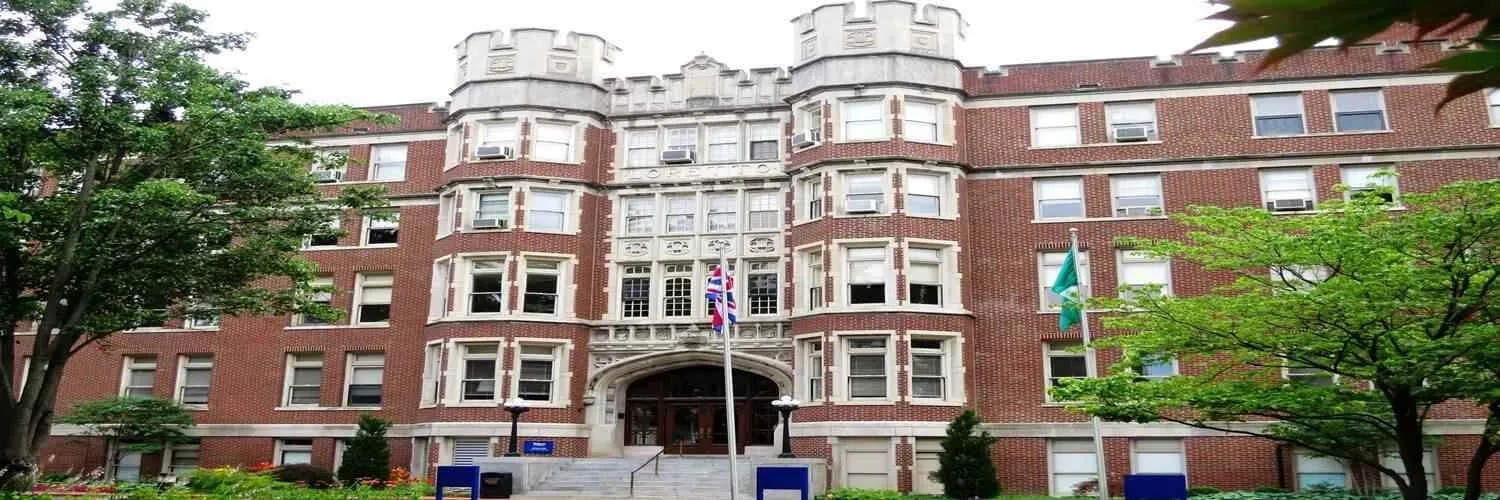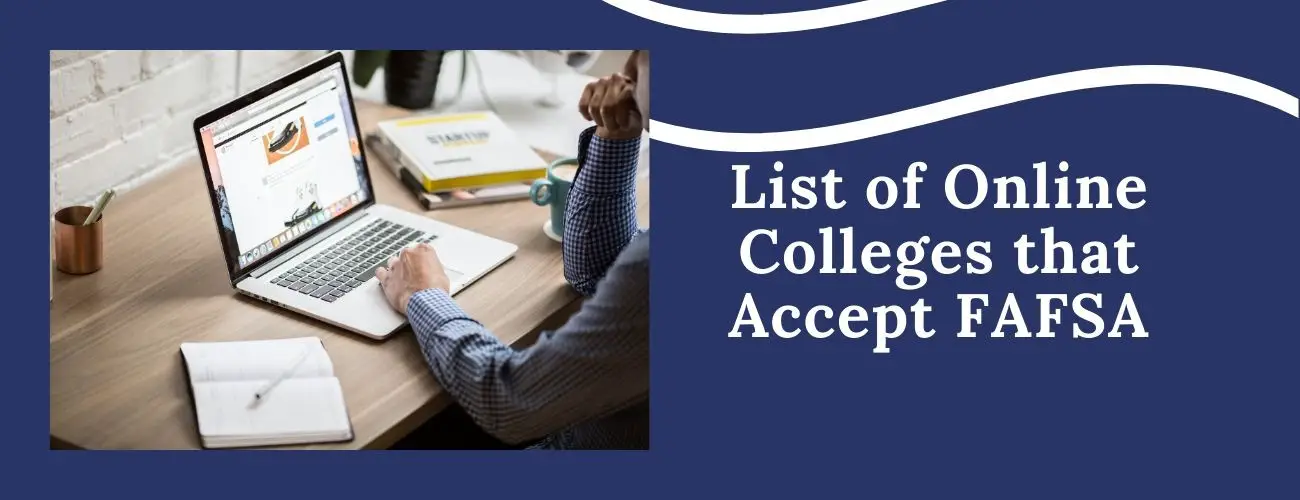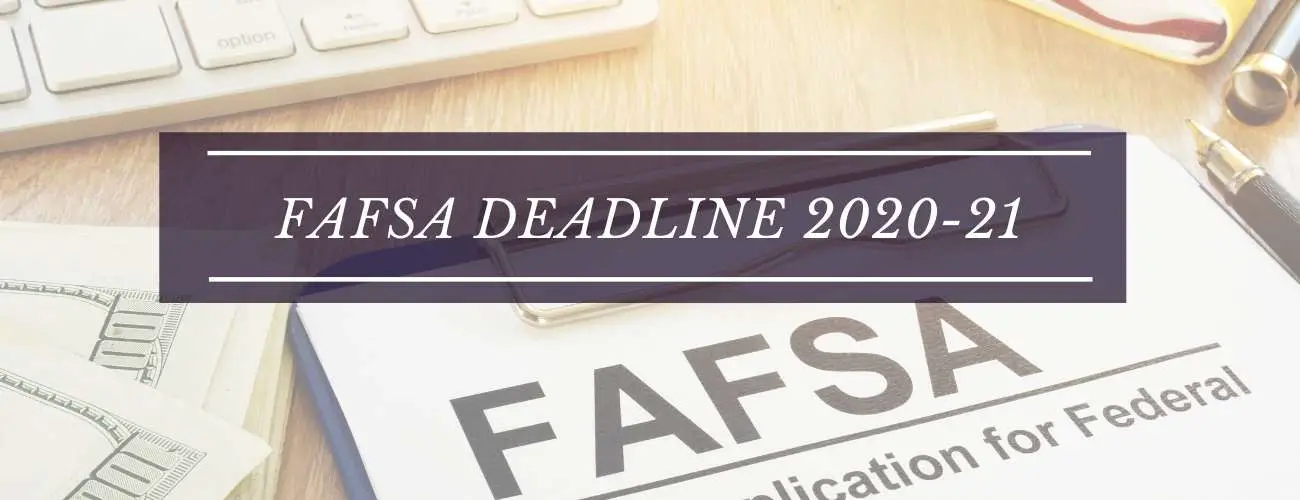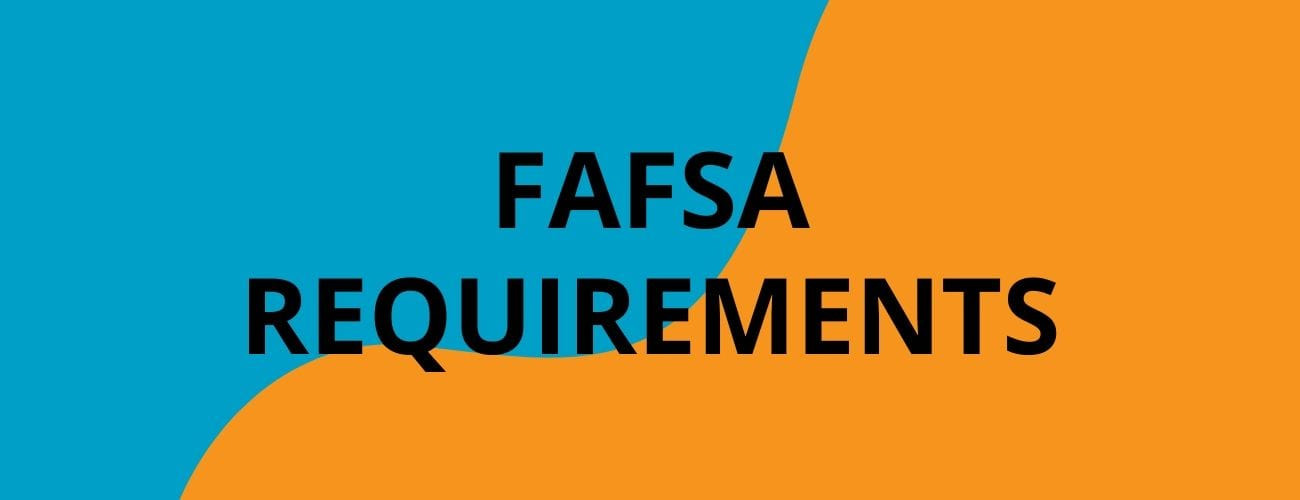Webster University Financial Aid and Scholarships
Students Receiving Aid
75%
Total Aid Amount
$34.188M
Financial Aid Official Website
www.webster.edu/financialaid/
Being accredited by the Higher Learning Commision (HLC) and as indicated by the reports of Webster University, it has been revealed that 75% of the students get money related assistance which covers an unprecedented number of students. The full scale Financial Aid and Scholarships conceded to the students comes to up to $34,187,916, a huge finaid total to serve and support the students to have the best occupations in the choice of their field. Dependent upon the upcoming student's application and capability, they will be accessible to remarkable preferences or offers, from awards to grants.
We understand that you and your family may have a lot of questions about how you will cover your expenses while at Webster University. Our website provides you with information about the financial aid process and a variety of scholarship programs that will help you make your education at Webster University affordable.
Scholarships
Scholarships are a very important part of the financial aid awarded to the students applying to or studying in Webster University. Funds are granted every year to new students who expect to be selected at Webster University for fall and spring semesters/terms. Every single new student will be granted the highest scholarship they fit the bill for at the time they are acknowledged to the university. Scholarship programs as well as the funds awarded may differ from student to student and program to program depending on whether the student is a freshman, part-time or transfer student.
-
Freshman scholarships: Awards to new students currently range from $1,000 to full tuition and are generally renewable at the same level if the required academic progress conditions are met. Awards are applicable only to fall and spring semester tuition charges at Webster University. There are various kinds of Freshman scholarships available to the students depending on their academic excellence and other eligibility criteria; more information on them may be obtained from Webster University’s scholarships page.
-
Part-time student scholarships: The Sisters of Loretto Founders Scholarship is for newly enrolled undergraduate degree-seeking women at Webster University students who will be enrolled as part-time students (6-12 hours each semester). To be eligible, students must have a cumulative grade point average of 3.0 or above. In addition, all applicants must have applied to a current FAFSA on file in Webster University’s financial aid office, which proves the unmet financial need.
-
Transfer students: The students who are being transferred get many kinds of scholarships, two of which are very important and most sought after:
-
Webster academic scholarship: This is a renewable scholarship awarded to transfer applicants with a minimum 2.5 cumulative G.P.A. The scholarship amount ranges from $8,000 to $15,000.
-
Presidential transfer scholarship: This is a very competitive renewable scholarship awarded to transfer applicants with a minimum cumulative G.P.A. of 3.5. The scholarship value is $40,000 ($20,000 per year for a maximum of two years) each.
-
Grants
Financial considerations are important and Webster University assists their students in securing different financial aids. Because of their open nature towards diversity, they excel at understanding all the grants available, eligibility requirements, and application processes that may be demanded from each specific student. The grants available to Webster students are as follows:
-
Federal Pell Grants: The Federal Pell Grant is an award for undergraduates only with no prior bachelors or professional degree. Eligibility is primarily based on your Expected Family Contribution (EFC) but is also affected by your enrollment status. The current maximum award for the 2019-2020 academic year is $5,815. A minimum of 12 credit hours each semester is required to receive full eligibility, with prorated awards going to students with fewer than 12 credit hours.
-
Federal Supplemental Educational Opportunity Grant (FSEOG): FSEOG is for undergraduates with exceptional need. Students may receive up to $2,000 per year depending on eligibility and funding level. Students who have received a bachelor's degree might not be eligible for FSEOG.
-
Teacher Education Assistance for College and Higher Education Grant (TEACH): TEACH grants may be available for either undergraduate or graduate students that intend to teach specific subjects at qualified schools upon graduation. Students may receive up to $4,000 per academic year in exchange for an agreement to teach in specific schools and subject areas after graduation. It is important to note that if a student fails to fulfill the requirements of the Agreement To Serve (ATS), the TEACH grant may be converted to an unsubsidized loan.
-
Access Missouri Grant: The Access Missouri Grant is a state-subsidized grant that gives help to occupants of Missouri who are looking for a first bachelor's certification. At least 12 credit hours is required every semester so as to get the Access Missouri Grant. Students who have finished a bachelor certification are not qualified to get a Missouri Student Grant.
-
Webster University Grant: Webster University Grant is a university supported program which gives help to college students seeking after a first bachelor certification and who are enlisted for at least 13 credit hours for every semester. This aid program is accessible to St. Louis campus students and is expected to augment other aids that the student might possibly be getting. Grants change the contingent fair and square of a student's unmet needs..
-
Room and Board grant: Room and board Grant is a restricted university financed program which gives help to college students seeking after a first bachelor certification, who are selected for at least 13 credit hours for every semester and living in campus housing. This aid program is accessible to St. Louis campus students and grants shift contingent fair and square of a student's unmet needs. This program started with qualified new students in Fall 2016 who intended to live on-campus. On the off chance that a student chooses to not live on-campus or moves out of campus, qualification for this award closes.
Loans
After the FAFSA is processed by the Federal Processor, it produces an Expected Family Contribution (EFC) amount. The EFC is the amount of money that a family is expected to contribute toward the price of the student's education from its income and assets. There is a different need analysis formula for each of three student groups: dependent students, independent students with no dependents, and independent students with dependents. The EFC considers the parent contribution as well as the student contribution. For independent students, there is no parent contribution. Thus, the needy students can apply for either the Federal loan programs or Private loan programs based on their eligibility and affordability.
-
Federal Direct Loan Programs
-
Direct Subsidized Stafford Loans: These are need-based loans and are available to eligible undergraduate students.Reimbursement of principal is delayed while the student is in school and during a six month buffer period after the student leaves school or dips below half time status.
-
Direct Unsubsidized Stafford Loans: These are non need-based loans and are available to eligible undergraduate and graduate students. Repayment of these loans is not started until the student is in school.
-
Direct PLUS Loans: They can be either Parent PLUS loans or Graduate Plus loans. PLUS loans do NOT require that the student have demonstrated financial need. In any case, the mix of PLUS loans and some other aid may not surpass the expense of education for the term of the loan.
-
Private Education Loans: Private Education Loans are not state, government, or institutional aid programs. Rather they are advanced projects explicitly customized for educational costs by private loan specialists. Since these projects are made by the banks themselves, there are various terms and conditions for getting them. Financing costs, expenses, and maximum credit sums are among the numerous variables that may differ from moneylender to bank. We firmly urge students and guardians to apply first for the Federal Loan Programs.




![Schools That Require the CSS Profile [Complete List for 2021/2022]](https://www.thecollegemonk.com/images/blog/every-school-th56.jpg)

